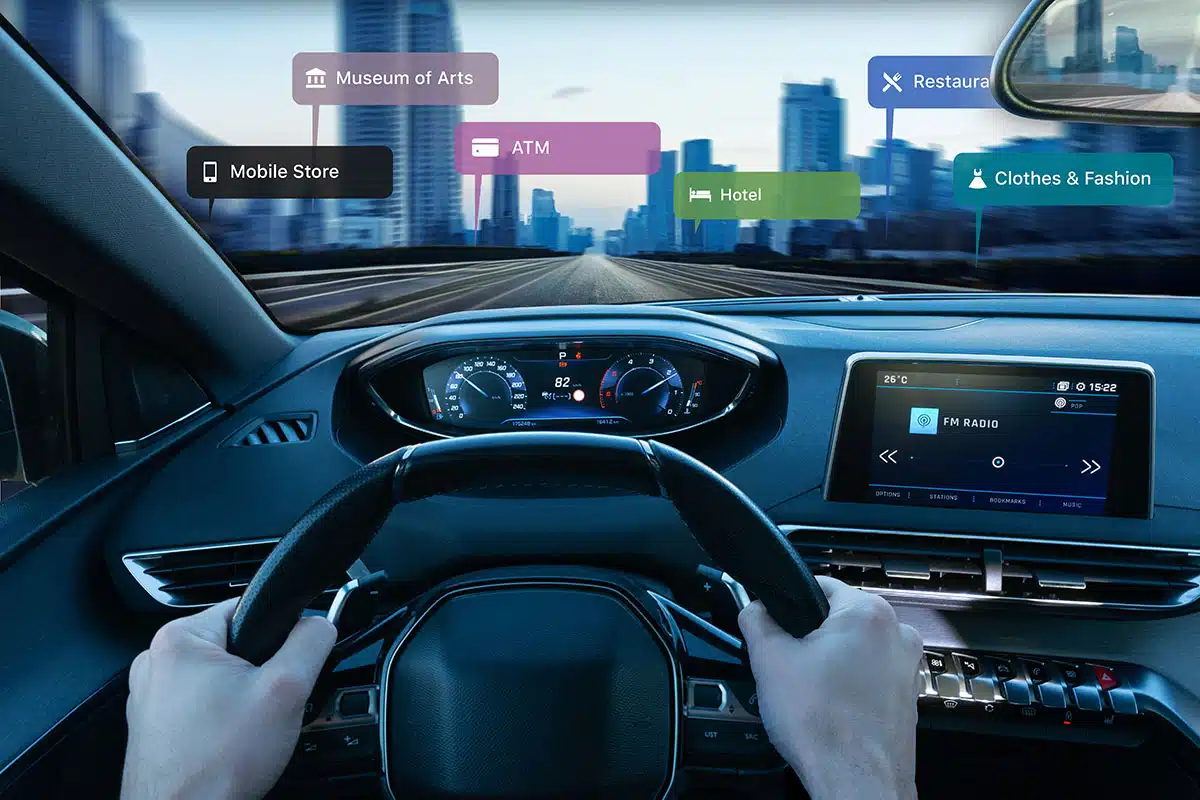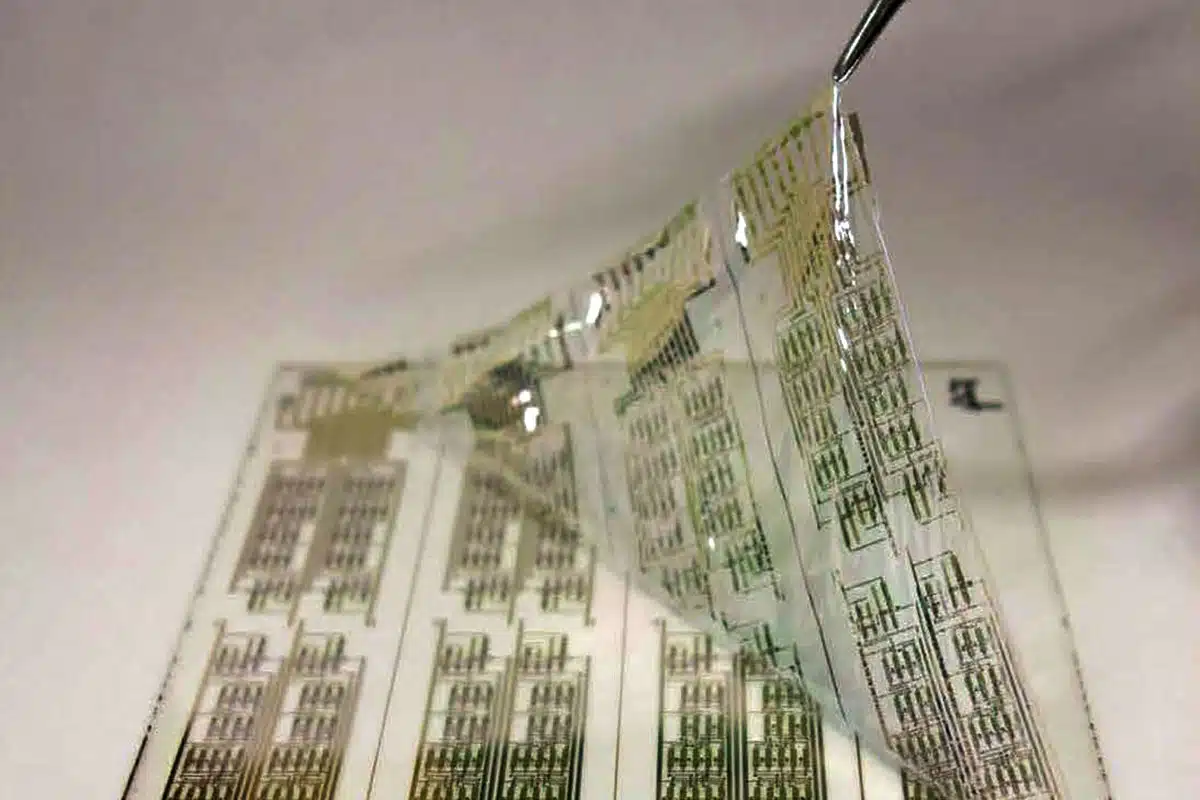When you think of a car, you may picture the chassis, the wheels, the headlights, the steering wheel, and more. Perhaps you see a busy mechanic, wrench in hand, under the hood. However, your vision of the industry is likely to undergo a considerable change in the next decade. The automobile industry is experiencing a dramatic shift as the integration of more sophisticated automotive electronics and software picks up speed. There is now even a term—software-defined vehicle (SDV)—to describe a car in which software significantly impacts a user’s experience.
Software and automotive electronics systems are impacting new cars in multiple areas: navigation, power management, and infotainment. Even recalls are different for SDVs. For example, Tesla’s recent mass recall would traditionally have required in-shop visits for two million cars—causing a great inconvenience for Tesla owners and costing the company billions of dollars. In this case, however, owners never needed to visit a shop; an over-the-air software update was all that was required. And software updates go beyond recalls. With SDVs, car manufacturers can fix motor issues, software bugs, and even add new features without requiring a visit to the mechanic.
Software and automotive electronics systems are impacting new cars in multiple areas: navigation, power management, and infotainment.
Six Trends in Automotive Electronics
Automated recalls are just one convenience made possible by more sophisticated automotive electronics. Read on to discover how advanced technologies are reshaping the car to meet consumer demands for greater control, ease of use, and safety.
Connectivity:
Utilizing advanced connectivity, next-generation cars can update features over the air as well as provide drivers with real-time information to make in-the-moment decisions. One advanced connectivity feature is Vehicle-to-Everything (V2X) technology, which leverages high-bandwidth, low-latency connectivity such as 5G. With V2X, there is a constant, two-way information flow between a car and its surroundings. The car can even share information from its sensors, cameras, and internal systems with other vehicles, nearby pedestrians, road infrastructure, and smart city systems. The benefits of this connectivity include optimizing energy use and improving road safety. V2X technology also adds to driver convenience, enabling drivers to pay automatically for parking and tap into other driver services.
Human Machine Interface/Augmented Reality:
Augmented reality (AR) is an overlay of digital information onto the real world. In the case of automotive electronics, AR uses a dashboard-mounted camera to obtain images of the road ahead, then projects digital information—such as speed, navigation, fuel levels, and other important data—where the driver can easily view it without looking away from the road. These AR software systems are also customizable. If, for example, a driver prefers to see real-time traffic updates and navigation in AR but use traditional gauges for the speedometer and fuel usage, the system can easily accommodate those preferences.
Advanced Driver-Assistance Systems (ADAS):
Cruise control is no longer enough for consumers. They are demanding adaptive cruise control, an advanced driver-assistance system that can automatically adjust speed to make sure a car maintains a safe distance behind another vehicle. Some other ADAS systems include lane departure warning, adaptive light control, automatic emergency braking, blind spot detection, driver drowsiness detection, and tire pressure monitoring.

In-Cabin Artificial Intelligence and Machine Learning:
In a step beyond ADAS, artificial intelligence is allowing new and upcoming car models to provide drivers with advanced monitoring, predictive maintenance, and personalized in-car experiences. More significantly, advances in AI are playing a crucial role in the evolution and increasing adoption of driverless vehicles.
Sustainability:
A Gartner study predicts that more than half of all vehicle models will be electric by 2030. The increasing popularity of these cars is due in part to consumer demand for more sustainable transportation. According to the EPA, electric vehicles have a smaller carbon footprint than their gasoline counterparts, even when accounting for the electricity required for charging, the mining of minerals for batteries, battery production, and battery recycling. Integrated microcontrollers (read more below) in next-generation cars can provide efficient power management in electric and hybrid vehicles—extending vehicle range and further reducing environmental impact.
Cybersecurity:
Progress almost always includes risks, and the advancements in automotive electronics are no exception. Since a software-defined vehicle can be accessed remotely, it is subject to the same malware attacks that have been common in corporate networks and with personal devices. Fortunately, according to Blackberry, there have been no publicized incidents of cyberattacks occurring outside of a controlled experiment. But as with other industries, cybersecurity remains a concern. A moving car suddenly losing its driving functionality—or worse, being controlled by someone other than the driver—is a catastrophic scenario that cannot be ignored. This is why car manufacturers are developing new anti-hacking protocols. Get ready for biometric access and multifactor authentication in future car models.
Two Technologies Behind Automotive Electronics
The trends above are made possible because of recent advances in both hardware and software technologies. And for cars, the two most significant advances are in the areas of printed electronics and microcontrollers.
Microcontrollers:
Microcontrollers—compact integrated circuits comprised of a processor, memory, and input/output peripherals—are found in many automotive parts and are essential to developing smarter, safer, and more connected vehicles. They perform various functions, often in real-time, such as braking, engine management, airbag control, power window operation, and infotainment tasks. The car industry has become a major user of these devices. According to Allied Market Research, a global provider of market intelligence, the automotive segment currently represents 25% of global microcontroller industry revenue. And this trend is expected to continue, driven by consumer demand for cars with increased comfort, safety, and entertainment options.
Flexible Electronics:
The advent of plastic and organic semiconductors has ushered in an era of thin, flexible electronic components. This new technology, combined with innovative designs that incorporate origami principles, is allowing car makers to offer more streamlined, driver-responsive interiors. And because flexible electronic components are also more cost-efficient, car manufacturers are now able to offer drivers greater convenience and improved aesthetics at a lower cost, which is why manufacturers like BMW are using this technology to reshape the car dashboard, integrating curved displays that unobtrusively provide essential information and control.

The Future of Automotive Electronics
More and more, real-time automotive solutions are powered by software, saving car manufacturers both time and money while making vehicles more driver responsive. By further decoupling hardware and software functionalities, manufacturers will be able to make cars that are more hack-proof and easily controllable. They will be able to scale and adapt automotive electronics systems to improve safety, increase functionality, and release features faster to consumers. Today your image of a tech company may be limited to Microsoft or Apple. But with the self-driving vehicle, IBM predicts automotive OEMs will become software companies. Buckle up!